Leopoldo Metlicovitz, La Rinascente, 1921, chromolithograph on cardboard. Regional Directorate for Museums of Veneto – National Museum of the Salce Collection
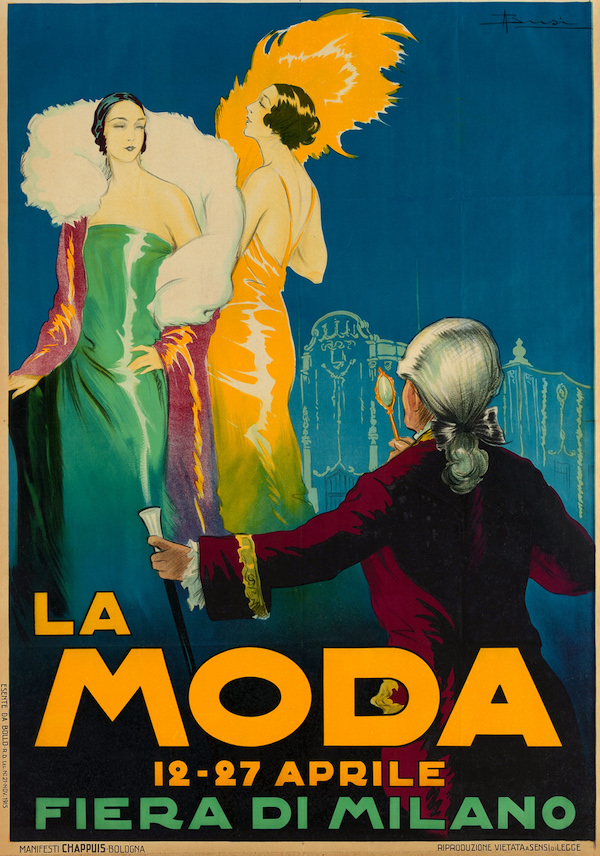
Adolfo Busi, La Moda, 1915-1920, chromolithography on paper. National Museum Salce Collection, Treviso
We are in the midst of the Belle Epoque: the big cities are changing their face, new lifestyles are making their way and the emerging bourgeois classes hold high the flag of modernity. From the traditional tailor’s shop we pass to the department store, a luxuriant receptacle of goods and desires. Here everyone can freely choose between a made-to-measure suit and prêt-à-porter, with the possibility of shopping for all budgets and a profusion of gifts offered to build customer loyalty. The competition is fierce: each commercial establishment studies its own strategy, developed by artists and illustrators in an unprecedented creative season.
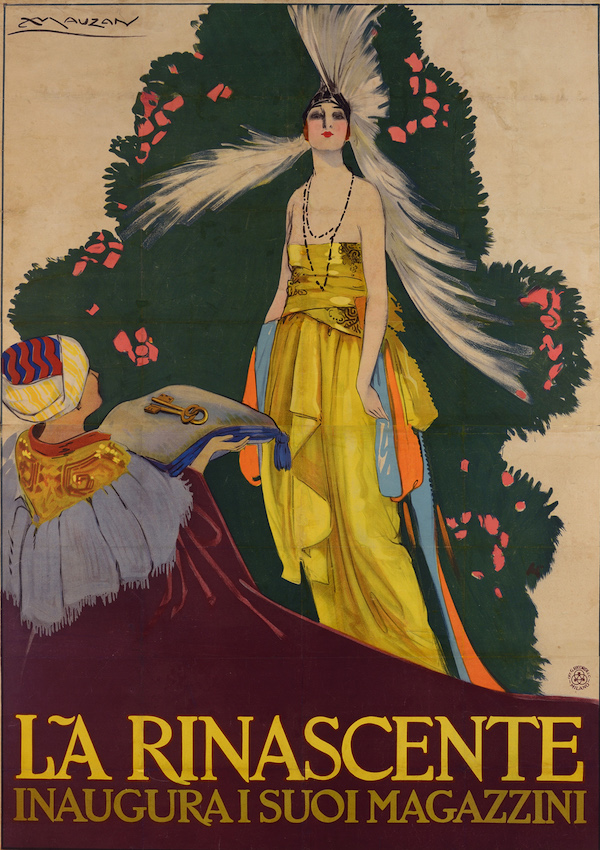
Achille Luciano Mauzan, La Rinascente, 1917, chromolithograph on paper. National Museum Salce Collection, Treviso
The 150 works arriving at the Villa dei Capolavori by Mamiano di Traversetolo are the mirror of this transformation, which will continue until the early decades of the twentieth century: from the mysterious fin de siècle ladies designed by Aleardo Villa, Leopoldo Metlicovitz, Marcello Dudovich to diaphanous and thin women of the 1920s, which finally freed themselves from the slavery of corsets and whalebones, up to the vigorous, sporty and dynamic female figure outlined by Dudovich himself in the advertising of the 1930s for La Rinascente. At the beginning of the twentieth century, women’s struggles for the conquest of greater independence are reflected in the length of the skirts, in the haircut, in the gestures, in the body language, as will happen, moreover, with the economic sanctions imposed on Italy at the end of the thirties. , at the origin of the new requirements of “decoration” and the use of self-sufficient materials.
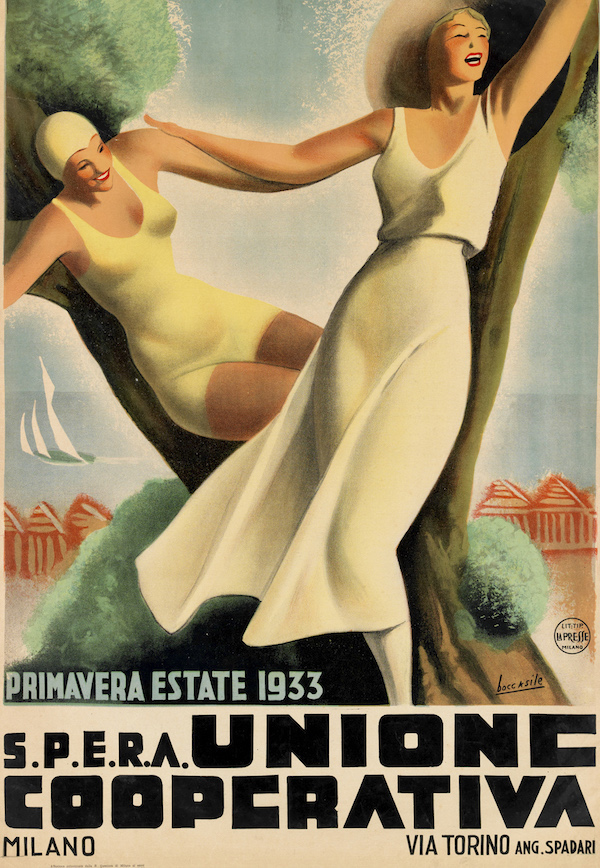
Gino Boccasile, SPERA Unione Cooperativa, Spring-Summer 1033. Chromolithography on paper. National Museum Salce Collection, Treviso
“Until the 1920s, women’s fashion was basically French, while England was the reference for men’s. But this does not mean that the idea and project of creating Italian fashion did not exist ”, explains Eugenia Paulicelli, professor of Fashion Studies at Queens College of the City University of New York and curator of the exhibition with Dario Cimorelli and Stefano Roffi. At the beginning of the twentieth century, for example, “from the pages of women’s magazines Rosa Genoni launched the pioneering project of a national fashion as ‘pure Italian art’ which, freed from subjection to the French, knew how to draw inspiration from the classical world and the masterpieces of Renaissance, combining craftsmanship and industry. Subsequently, during the Fascist period, a profile of Italian fashion will be built (the Saloni in Turin, the National Fashion Organization founded in 1935, etc.) which was the basis of what would become great fashion after the war. “.
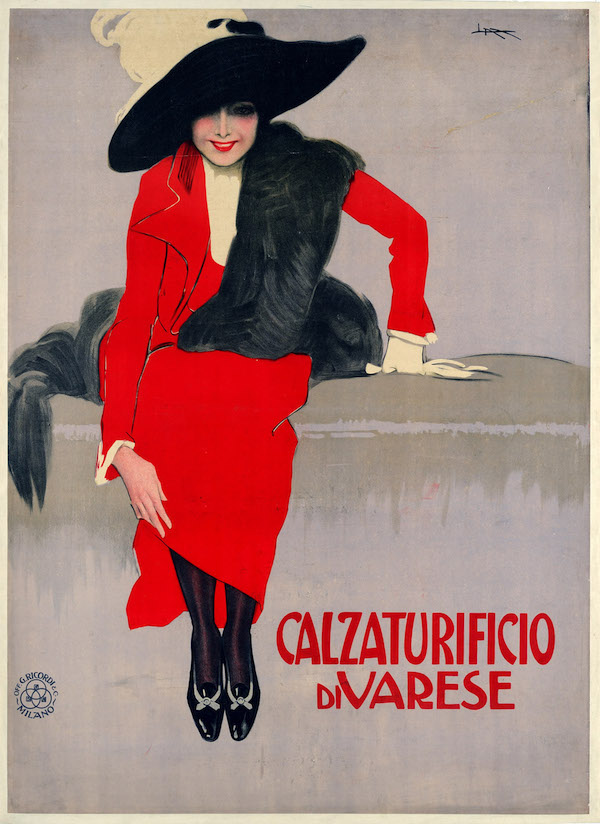
Leopoldo Metlicovitz, Varese shoe factory, 1914. Chromolithography on paper. National Museum Salce Collection, Treviso
These and many other stories will be told at the Villa dei Capolavori from 10 September to 11 December in the exhibition Fashion and Advertising in Italy. 1850-1950created by the Magnani Rocca Foundation in collaboration with the Veneto Regional Museum Directorate – National Museum of the Salce Collection in Treviso, the “Achille Bertarelli” Civic Collection of Prints from the Sforzesco Castle in Milan and the Museo e Real Bosco di Capodimonte in Naples.
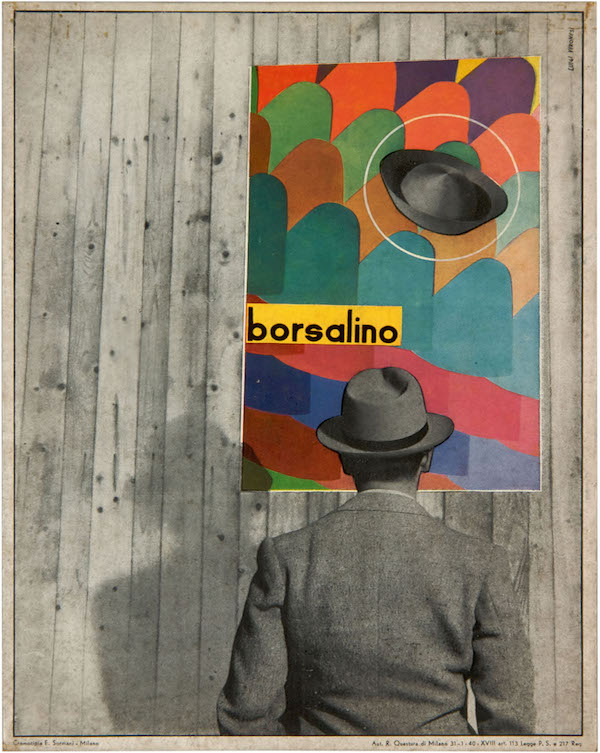
Luigi Veronesi, Borsalino, 1939-40, photomechanical reproduction on paper

